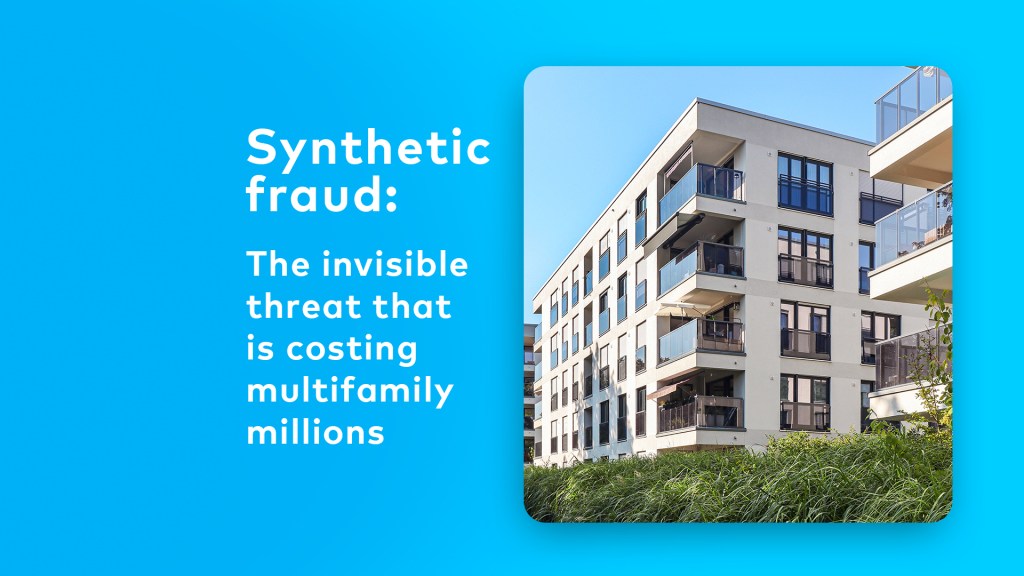By Yardi Blog Staff on September 23, 2014 in News
The U.S. apartment market is getting back on track. As of July 2014, 386,000 units are underway, shows Fannie Mae’s Housing Industry Forum. Multifamily research firm Axiometrics reported that year-to-date effective rent growth w as the highest since the Great Recession, with June 2014’s YTD effective rent growth clocking in at 4.5 percent.
as the highest since the Great Recession, with June 2014’s YTD effective rent growth clocking in at 4.5 percent.
Class B properties continued to provide the strongest growth among all asset classes at a 4 percent effective rent growth. Occupancy also shows a positive YTD growth, inching up from June 2013’s 94.8 percent to 95 percent for June 2014. Revenue growth is also on an upwards swing at 3.9 percent in June.
MPF Research data shows that professionally managed apartments experienced a 3 percent rent increase in 2013. The growth rate was double at 6 percent in the 20 most rapidly appreciating markets, most of which are located in Northern California, with Denver and Corpus Christi also making the cut, shows Harvard University’s Joint Center for Housing Studies.
Nominal rents for contract rents went up 2.8 percent in 2013, only slightly more than 2012, according to the consumer price index (CPI). Professionally managed properties with five units or more increased rents by 3 percent, somewhat more restrained than the previous year’s 3.7 percent. Overall, rent growth outpaced the overall inflation rate of 1.5 percent.
Multifamily starts grew by a whopping 25 percent in 2013, surpassing the 300,000 unit marker for the first time since 2007. New York (30,000), Los Angeles (17,700), and Houston (16,800) issued most permits, while Atlanta, Baltimore, Detroit, and Riverside had the largest growth rate. Overall, 67 of the top 100 metros saw multifamily permitting increase in 2013 with 50 of the largest metros’ construction levels returning to mid-2000s levels. Permitting exceeded 2000s averages in 47 of the top 100 metros.
Moreover, a few markets, such as San Jose and Austin have reached or even surpassed previous highs. Starts have not been springing up everywhere, though. 23 of the top 100 metros released less than half the permits of the previous decade. The condo-to-apartment ratio in new starts however has hit its highest peak since 1998, taking up 92.8 percent of the multifamily starts market share. Demand and supply seems to be reaching a balance. Between 2010 and 2012, when new supply was depressed, existing investment grade properties registered an annual increase in renters of 200,000, filling up existing vacancies. Since Q4 of 2013 however, growth accelerated in new projects and slowed in existing ones.
According to JCHS, rental housing made up about one third of residential construction starts in 2013, the highest share since 1974, which reflects on the poor state of single family construction. According to the Census Housing Vacancy Survey, the U.S. homeownership rate in 2013 stood at 65.1 percent, the lowest rate since 1995. 2014’s Housing Vacancy Survey revealed homeownership rates further declining, inching downward to 65 percent in the first quarter and 64.8 percent in the second quarter.
The decline is tied to a weakened economy, student loan burden and low credit scores. Many would-be buyers are simply locked out of the mortgage game due to low credit scores, especially with rising thresholds. Fannie Mae-backed mortgages for example, required a 751 credit score in 2013, while 694 was enough in 2007. FHA loans also increased requirements from a score of 640 to 693. Of course, declining homeownership rates and the reasons driving it, spell good news for the apartment market.
The past few years have also seen a shift in renter demographics. Traditional renter groups, such as low income households, young adults and singles have been joined in the renting game by high-income households, families with children and retiring boomers. Over the coming decade younger minorities and aging baby boomer are expected to drive household growth.
While households under 35 made up 25 percent of renter growth between 2005 and 2013, retiring boomers reached almost a quarter share of the market growth as well. Gen Xers (35-44) and Echo Boomers (45-54) each took up one fifth of the growth. The highest earning households created 23 percent of growth, households with an annual income between $15,000 and $30,000 generated close to 30 percent of growth, while households earning less than $15,000 per year generated over a quarter of renter growth – unsurprising in the wake of the Great Recession.
Rent-burdened households have been on the rise, growing in nine out of ten consecutive years. Around half of renter households are rent-burdened, paying upwards of 30 percent of their income on housing, and 28 percent are severely rent-burdened, spending more than half their income on housing. In low income households the ratio is 83 percent, and 69 percent. Rental housing affordability is not expected to improve and low-income families are expected to be locked out of market-rate rental housing as long as federal rental assistance is not expanded.
At the same time multifamily property values had risen at a double digit pace for the fourth consecutive year shows Moody’s/RCA Commercial Property Price Index. Data released by Moody’s in June shows that apartment prices grew by 12.4 percent over the past 12 months, with apartment prices 9.6 percent above their previous peak. San Francisco and New York are the top U.S. metros when it comes to apartment price appreciation post-recession. With delinquencies also on a downward slope, bank and thrift multifamily mortgage holdings doubled their growth in comparison to government-backed loans, reaching $29 billion in 2013.


